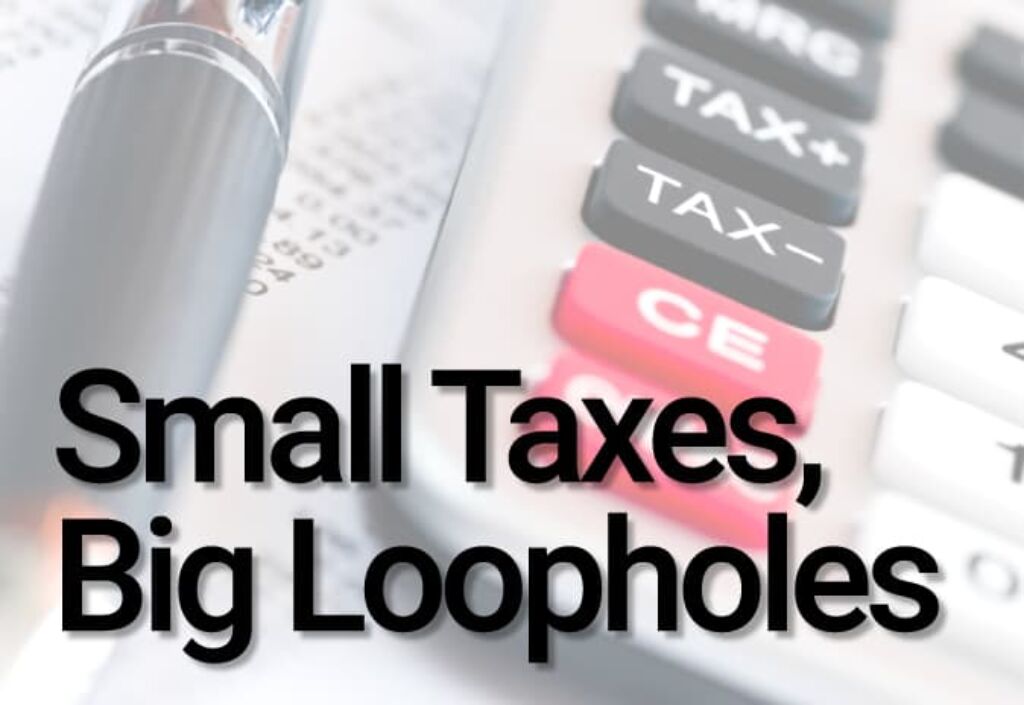A longer, more detailed version of this post is available on the Progressive Economics blog.
Small business taxes made the news last week during a CBC interview when federal Liberal leader Justin Trudeau suggested many business owners are using the small business tax rate as a de facto in-country tax shelter.
Responding to the interview, Conservative leader Stephen Harper accused Trudeau of taking aim at the backbone of the economy. NDP leader Tom Mulcair called on Trudeau to apologize.
The Conservatives have already legislated a decrease in the federal small business tax rate – from 11% to 9% by 2019. The NDP have promised to make it 9% by 2017 if elected.
Why the controversy? Does Trudeau have a point?
Let’s look at how small business taxation really works.
If you’re a small business owner, there are two ways to take money out of your small business for personal use:<li><strong>Pay yourself a salary</strong></li>
<li><strong>Pay yourself in dividends</strong></li>
Why should anyone care about the small business tax rate if it doesn’t seem to make a difference in overall tax revenues? The primary reason is loopholes.
What would be illegal for most working Canadians is totally legitimate under Canada’s small business tax regime: tax avoidance. As a small business owner, five loopholes are available to you regardless of the small business tax rate:
<li><strong>Income splitting with kids and spouse</strong></li>
<li><strong>Employing kids and spouse & income splitting again</strong></li>
<li><strong>Postpone personal taxes for years</strong></li>
<li><strong>Pass on $800K to your kids or spouse tax free </strong></li>
<li><strong>Additional write-offs</strong></li>
This wasn’t always the case.
Prior to 2005, Ontario doctors could incorporate, but they couldn’t list family as shareholders, invalidating many of the loopholes above. A year after this was changed, there was a tenfold increase in doctors who were incorporated. Interestingly, only lawyers can hold shares in professional legal corporations, cutting out the income-splitting loophole (unless your spouse and children are lawyers). These loopholes are provincially regulated; it’s up to the provinces to close them.When does the small business tax matter?
<li><strong>When you keep money in your corporation to defer income taxes</strong></li>
<li><strong>When you save to buy things or expand the business</strong></li>
At the same time, it’s not at all clear small businesses are facing supply-side barriers to expansion at this time.
Each month, the Canadian Federation of Independent Business (CFIB) conducts a survey of its members. Two questions stand out:
<li><strong>What types of input costs are currently causing difficulties for your business?</strong></li>
<li><strong>What factors are limiting your ability to increase sales or production?</strong></li>
If we really wanted to see businesses investing and expanding, we need to boost aggregate demand, not lower taxes.
There are three main actions a government can take toward this end:
<li> <strong>Raise wages</strong></li>
<li> <strong>Increase public spending on infrastructure and social programs</strong></li>
<li> <strong> Give more incentives to innovate</strong></li>
Are small business tax cuts really the best way to help small business and the Canadian economy?
The short answer is no. Moving the small business tax rate from 11% to 9% does not address the main reasons why small business may not be investing in growth and innovation; it simply gives professionals who are incorporated as a small business an extra two percentage points of deferred income--money they can invest in the stock market and other forms of capital for a rainy day. It may sound nice, but for any waged workers, it would also be illegal.David Macdonald is a Senior Economist with the CCPA. Follow David on Twitter @DavidMacCdn.
Kaylie Tiessen is an economist with the Canadian Centre for Policy Alternatives’ Ontario Office. Follow her on Twitter: @KaylieTiessen.







